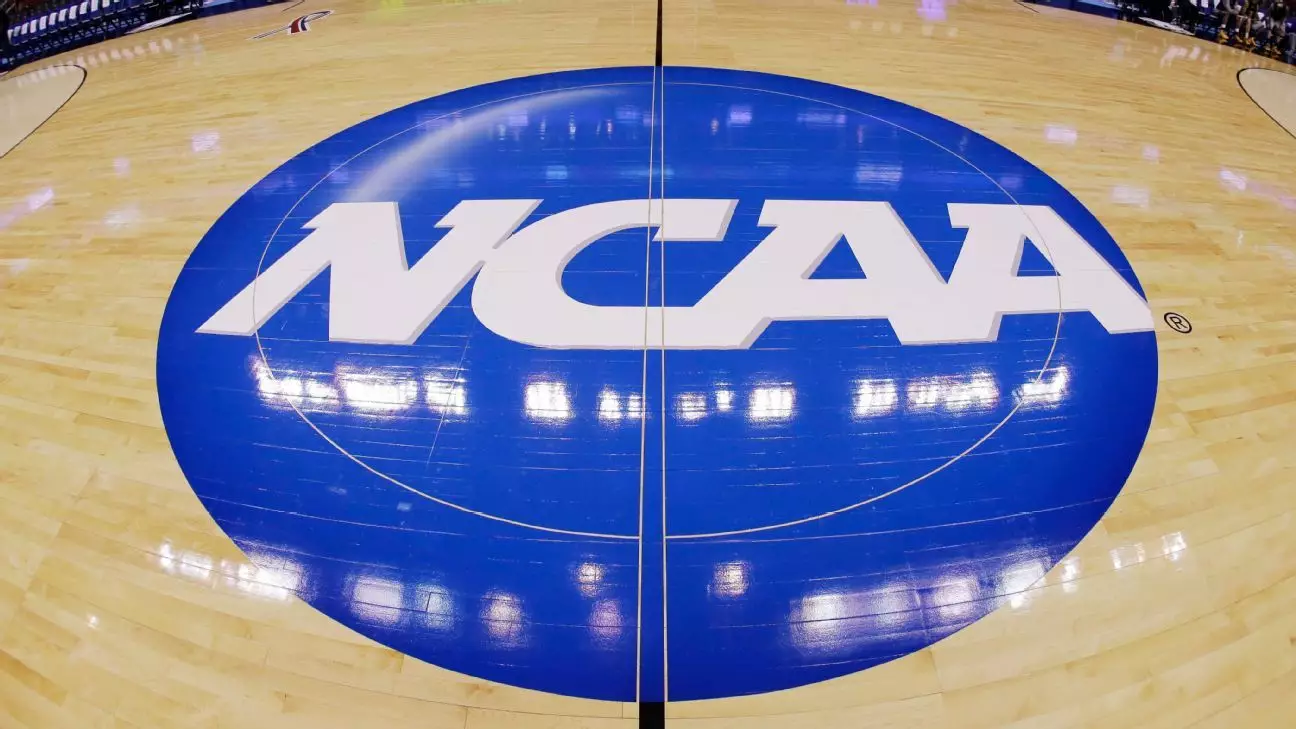The recent decision by Judge Claudia Wilken regarding the NCAA’s proposed multibillion-dollar antitrust settlement is sending seismic waves through the collegiate sports landscape. While at first glance the settlement appears to herald a new age for college athletes—offering direct payments and financial fairness—it’s also fraught with peril for many current student-athletes who are now standing at the precipice of losing their places on their teams. It’s an almost ironic representation of progress; one that seeks to align monetary values with athletic efforts yet looms with the potential to strip away opportunities from those who are already in play.
Many might argue that change is necessary, especially within an institution long criticized for its exploitation of student-athletes. Yet Wilken’s insistence that the NCAA amend its immediate implementation of roster limits highlights a significant flaw in the NCAA’s rushed restructuring plan. Current athletes, who put in long hours honing their skills and committing themselves to their teams, are now left in the dust as the NCAA pushes forward with a settlement that seems too good to be true, promising a wealth of opportunities to some while jeopardizing the futures of others.
The Irresponsible Rush Toward Change
Wilken’s concerns regarding roster limits are not merely legal technicalities; they cut to the very core of what it means to be a student-athlete. The NCAA’s proposal to limit roster sizes poses an existential threat to thousands of athletes across the country. The shuffling of current players to comply with this new plan means those athletes will face displacement—not because of a lack of skill or dedication, but as a direct consequence of a phenomenon engineered by the NCAA itself.
The notion that they can simply implement these limits, putting many athletes at risk, embodies a deep-seated arrogance that overlooks the human consequences of their decisions. The urgency comes across as an inability or unwillingness to genuinely consider fairness in their algorithms of athlete investments and expenditures. The idea that they could rush players off the roster as a side effect of their ‘progressive’ settlement reflects a corporate mentality that treats athletes as mere commodities, rather than individuals with aspirations and dreams.
A Settlement Designed to Create Winners and Losers
The juxtaposition of the financial benefits set to flow from the settlement against the very real risk for existing athletes creates an unsettling atmosphere. On one side rests a $2.8 billion bulk payment aimed at redefining the earning potential of student-athletes; on the other exists a reality where their places on teams—and even their college athletic careers—could become collateral damage. Further, the initial idea of allowing schools to pay athletes directly, while a step forward, is shadowed by fears around talent hoarding by wealthier institutions.
Indeed, by introducing caps and expenditure limitations like those proposed in the settlement, it transforms the competition itself into a Darwinian struggle for survival. The concerns of objectors are palpable: will the rich only get richer while those who fall below the financial strip of privilege find themselves swept aside? When schools are given the right to decide who stays and goes on their roster, the inherent inequities of college sports loom larger than ever before.
The Threat of Displacement: Voices of the Athletes
Perhaps the most alarming aspect of this unfolding drama is the voices of those most affected: the athletes themselves. Gannon Flynn’s comments are particularly striking, as they indicate that the judge’s ruling is giving room for those voices to be heard. “I think it’s a great compromise,” Flynn said, touching upon a central issue that often gets lost in legalese—the fundamental humanity of those athletes caught in the crosshairs.
Flynn’s situation is not unique; numerous athletes now face uncertainty, having invested their time and energy only to find their futures hanging in the balance due to an organization seemingly more focused on legislative manipulation than athlete advocacy. The NCAA is inheriting a legacy of distrust; their actions continuing to shape a narrative where student-athletes are continuously left at the fringes, treated more like surplus resources than esteemed participants in their own rights.
The need for an overhaul in how college sports operates is glaring, yet the method by which this change is being pursued feels abrasive and inconsiderate. The acknowledgment of Wilken’s logic by both sides—requiring a thoughtful revision of the settlement—is a critical reflection of the finer details often forgotten in the rush for change. In this landscape, the balance between innovation and fairness must emerge, lest the NCAA is left not only to defend its practices in courts but also in the court of public opinion.

Leave a Reply